 Politics
Politics  Politics
Politics  Weird Stuff
Weird Stuff 10 Eggs-traordinarily Odd Eggs
 History
History 10 Desperate Last Stands That Ended in Victory
 Animals
Animals Ten Times It Rained Animals (Yes, Animals)
 Mysteries
Mysteries 10 Devastating Missing Child Cases That Remain Unsolved
 Creepy
Creepy 10 Scary Tales from the Middle Ages That’ll Keep You up at Night
 Humans
Humans 10 One-of-a-kind People the World Said Goodbye to in July 2024
 Movies and TV
Movies and TV 10 Holiday Movies Released at Odd Times of the Year
 Politics
Politics 10 Countries Where Religion and Politics Are Inseparable
 Weird Stuff
Weird Stuff 10 Freaky Times When Famous Body Parts Were Stolen
 Politics
Politics The 10 Most Bizarre Presidential Elections in Human History
 Weird Stuff
Weird Stuff 10 Eggs-traordinarily Odd Eggs
 History
History 10 Desperate Last Stands That Ended in Victory
Who's Behind Listverse?

Jamie Frater
Head Editor
Jamie founded Listverse due to an insatiable desire to share fascinating, obscure, and bizarre facts. He has been a guest speaker on numerous national radio and television stations and is a five time published author.
More About Us Animals
Animals Ten Times It Rained Animals (Yes, Animals)
 Mysteries
Mysteries 10 Devastating Missing Child Cases That Remain Unsolved
 Creepy
Creepy 10 Scary Tales from the Middle Ages That’ll Keep You up at Night
 Humans
Humans 10 One-of-a-kind People the World Said Goodbye to in July 2024
 Movies and TV
Movies and TV 10 Holiday Movies Released at Odd Times of the Year
 Politics
Politics 10 Countries Where Religion and Politics Are Inseparable
 Weird Stuff
Weird Stuff 10 Freaky Times When Famous Body Parts Were Stolen
Top 10 Fascinating Facts About Peru – 2020
Peru is a beautiful and fascinating country with a rich culture and history, but how much do you know about it? If you’ve never been to Peru, odds are you know little about it, which is a shame.
The country has featured heavily in the news due to its ongoing political upheaval, but looking beyond those issues, you will find an amazing country with welcoming and generous people. Here are some of the more fascinating facts about Peru.
10 Facts About The Talking Knots Of Ancient Peru
10 Peru’s History Dates Back 6,000 Years
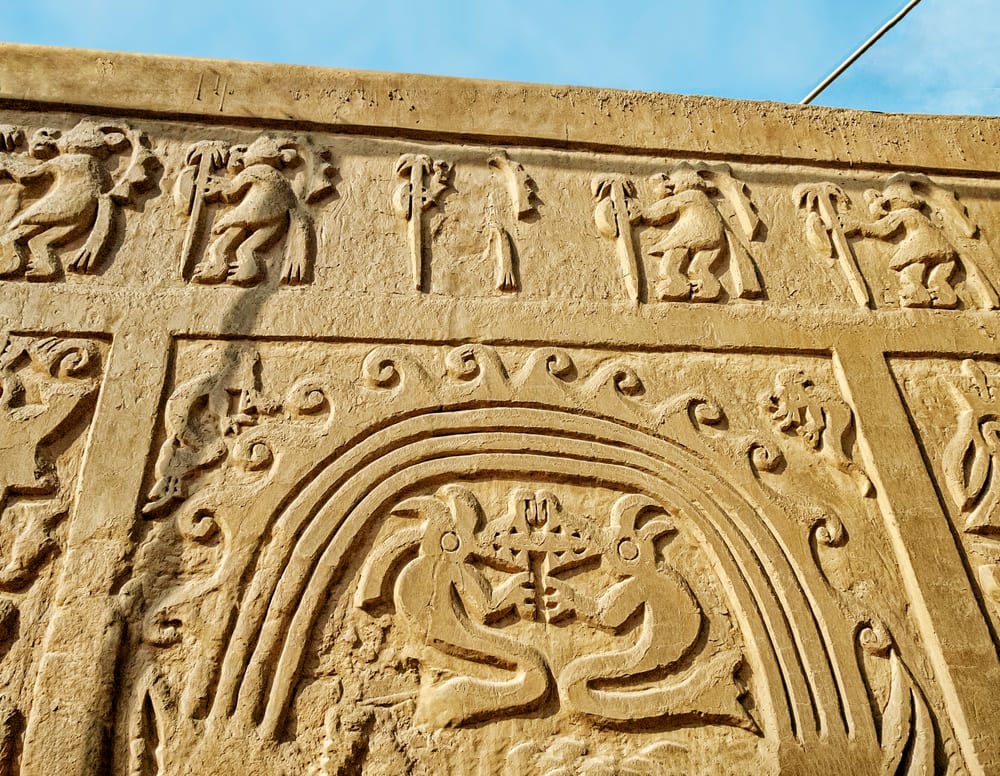
Typically, people think of North Africa as the location of civilizations dating back 6,000 years, but the South American continent has been home to humanity for 14,500+ years.[1] There is evidence of civilization in what is now the Republic of Peru dating back to the 4th millennia B.C.
Human habitation is evident around the eighth millennium B.C., and between the 4th and 3rd millennia B.C., the Norte Chico civilization rose in north-central Peru. The first city was founded around 3500 at Hauraicanga. The habitation of large-scale settlements of communal construction lasted until around 1800 B.C., when the settlements were abandoned. The Norte Chico civilization is the oldest known civilization in the Americas.[2]
While the civilization declined, the population of people did not. Over time, it developed into the Inca Empire, the largest empire in pre-Columbian America. The Inca empire was eventually conquered by the Spanish in 1572 A.D., which served to integrate Spanish culture into the culture of the people who lived there.
The Peruvians who reside in the nation today extend one of the longest histories of civilization of any nation, as they can trace their heritage to 6,000 years in the past.[3]
9 Peru Has Three Official Languages
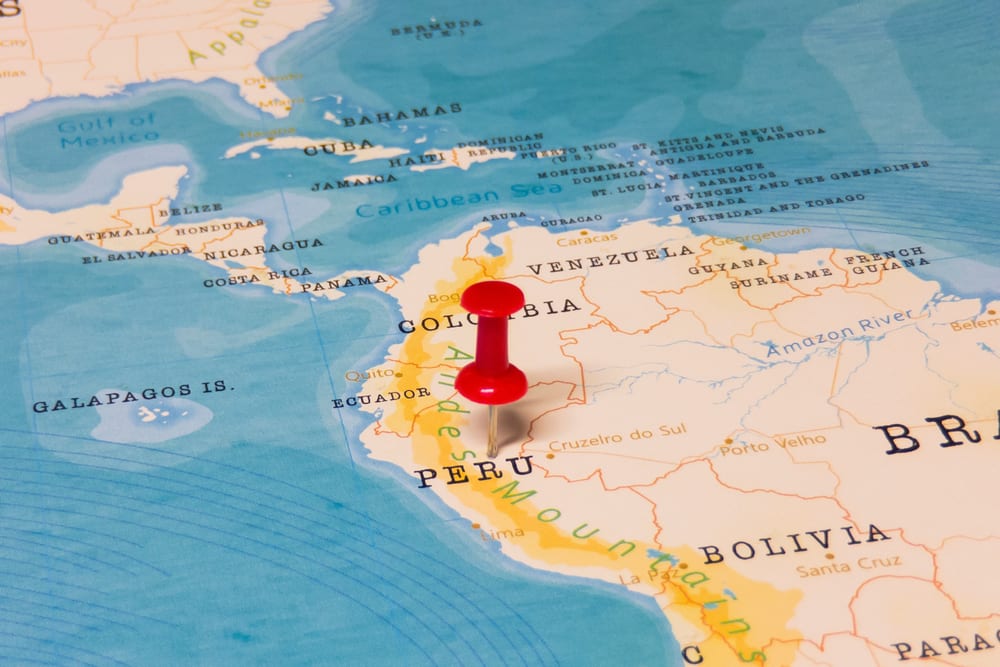
Most countries operate on a single official language — the United States technically has none — but many operate with two. Canada functions under both English and French, and that’s not too uncommon. Still, for the Republic of Peru, there are three official languages.
Spanish is the dominant language in the nation, and it’s joined by Quechua and Aymara as the three official languages of Peru. About 80% of the population speaks Spanish, while Quechua is spoken by indigenous communities primarily living in the Peruvian Andes.
It is the most widely-spoken pre-Columbian language in the Americas with some eight to ten million speakers. The third language, Aymara, is spoken by more than one million Aymara people, who are found along the border regions of Peru, Bolivia, and Chile.[4]
While those three languages are recognized officially by the government, an additional 13 ethnolinguistic groups’ languages are spoken relatively widely in Peru. These include Aguaruna, Ashaninka, and Shipibo, which are all spoken by less than 1% of the population. Most of the people who speak one of the indigenous languages also speak Spanish.[5]
8 Peru Is The Home To The Alpaca
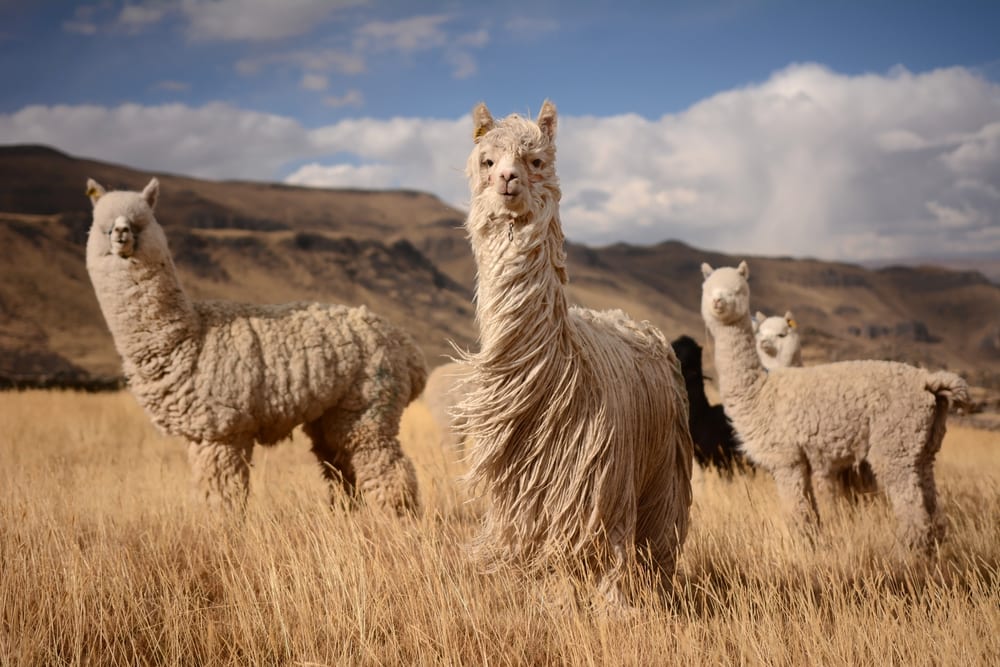
There’s a reason Peru and alpaca are commonly associated with one another — the nation hosts 75% of the world’s alpaca population. Alpacas are widely sought-after for their beautiful wool, and they’ve played a significant role in the region’s culture and economy for millennia.
The Incan culture treasured alpaca and used the animals for numerous purposes. Alpaca meat was widely consumed among the Inca people, and their wool was commonly used to make yarn and fabrics. Their bones, leather, fat, and excrement were used for everything from musical instruments and footwear to medicines and fertilizer.
For religious purposes, alpaca were often sacrificed to appease the gods, so their place in Incan culture was widespread and significant. The most important aspect of the alpaca was (and still is) its wool, which could be woven into various textiles of religious and social value. Giving someone a gift of cloth was highly regarded and indicative of social status.
In modern times, the alpaca continues to dominate the Peruvian landscape. Both types of alpaca, the Huacaya and Suri, are found throughout the nation. While alpaca have spread outside the borders of Peru, the vast majority can still be found in the South American country.[6]
7 A Popular Dish In Peru Is Roasted Guinea Pig
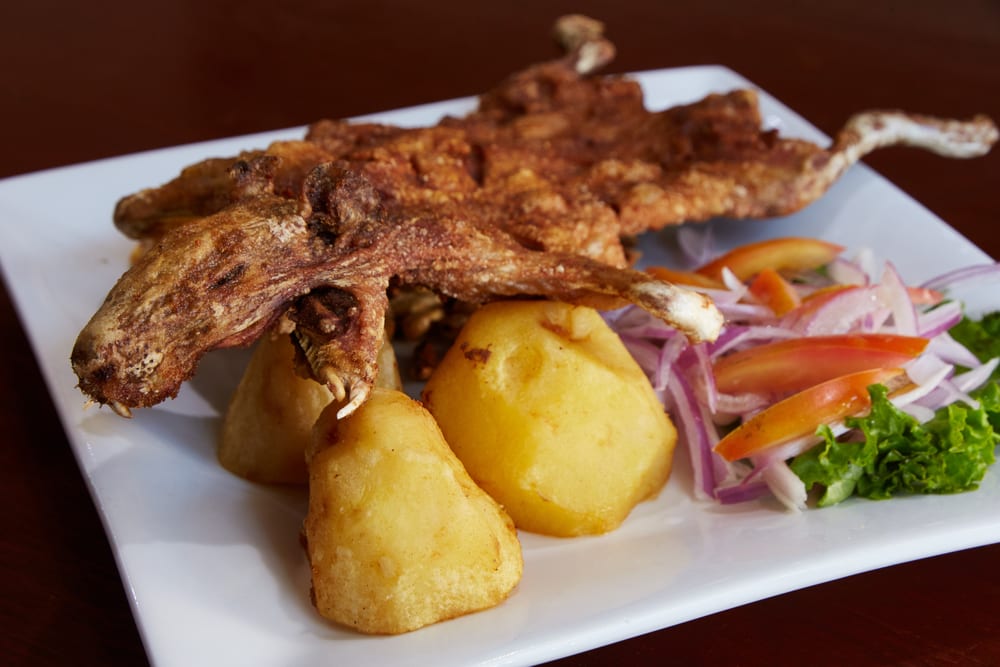
If you mention a guinea pig to someone outside of Peru, odds are they will think of the cute and furry little critters common in pet stores. Say it to someone in Peru, and you might just be ordering Cuy, one of Peru’s most famous delicacies.
Yes, those cute and cuddly critters many grew up caring for are on the menu in Peru. The dish has been served on special occasions since the Inca civilization existed in the area. Cuy is often fried or roasted to be served alongside potatoes and salsa.
It has been described as tasting like chicken, but with a deeper, “fattier” flavor. It’s actually low in fat and high in protein, which is one of the reasons it’s been a part of Peruvian cuisine for centuries. Two of the most popular dishes involving the rodents are chactado and cuy al palo.[7]
The dish is popular in Peru but can be found in other Andean nations, including Ecuador and Bolivia. Guinea pigs are bred specifically for food and are eaten after they are only a few months old. The head is served, and only the intestines are removed. Most of the animal is edible, and according to some foodies, it is delicious.[8]
Would you try Cuy? Have you had it before? Let us know in the comments if you’re willing to try it and/or what you thought about the dish.
6 Thank Peru For The Potato
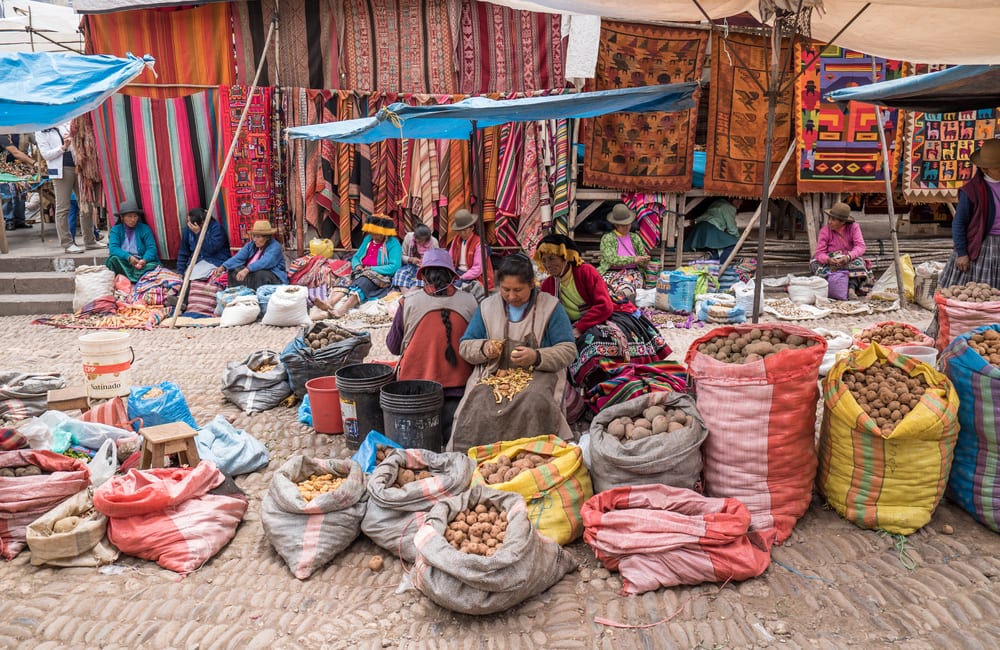
The first people in the world to cultivate the potato were the Native Americans who occupied what is now Peru as far back as 10,000 years ago.[9] For thousands of years, South American indigenous people used the potato as a staple food crop, but it remained completely unknown to the rest of the world until the 16th century.
When the Spanish came to Peru in the 16th-century conquest that saw the destruction of the Inca empire, the potato found its way to Europe. European farmers were able to diversify the crop through selective breeding, which has since resulted in the creation of some 5,000 different types of potatoes.
Before the Europeans came to take the potato, the indigenous people of Peru, Bolivia, and Chile knew its importance. They incorporated it into many of their favorite dishes. These days, the potato is the fourth-largest food crop after corn, wheat, and rice.[10]
In Peru, the potato continues to dominate many of the nation’s top culinary dishes. If you visit the country, be sure to try Tocosh, a fermented potato prepared for festive events. Another dish you may want to try is Papa a la Huancaína, an authentic salad dish featuring a spicy, creamy, and rich cheese sauce drizzled over boiled potatoes.[11]
10 Crazy Ways Kids Grew Up In The Inca Empire
5 The Geography Of Peru Is Incredibly Diverse
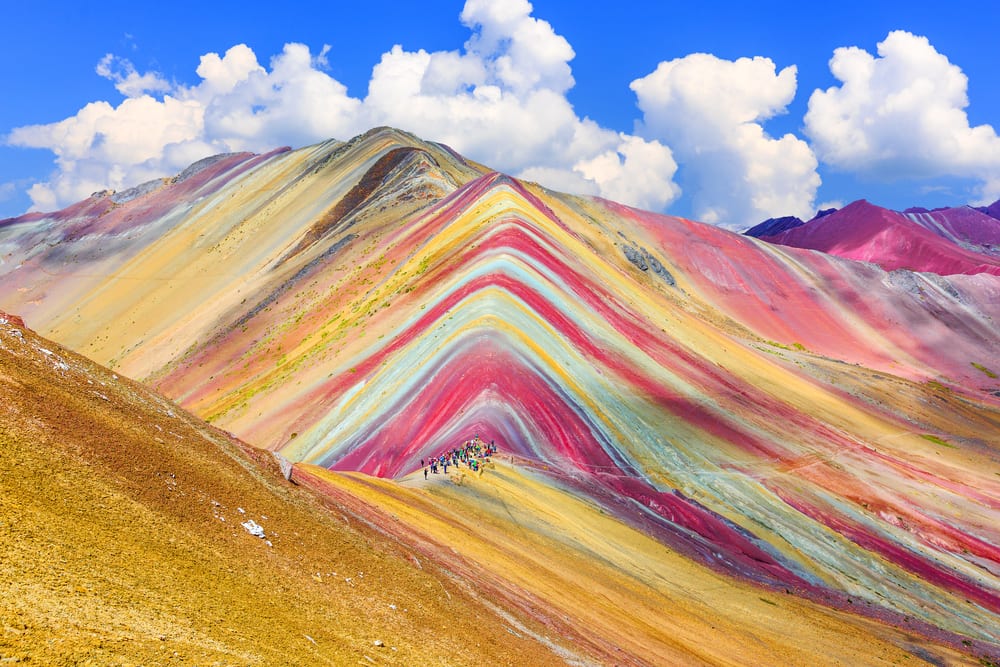
Peru is found along the western coast of South America, and it features some of the most diverse geography in the world. Cotahuasi Canyon, the deepest canyon in the world, is found in Peru. Its depth is 11,560 feet (3,535 meters), making it almost twice as deep as the Grand Canyon.[12]
Another beautiful feature found in Peru is the world’s highest sand dune. Cerro Blanco is located in the Sechura Desert, where it stands 3,860 feet (1,176 meters) from its base to its summit. It’s a common sight to see sandboarders make the exhausting hike up to the top before cruising down. And perhaps most striking is the beautiful rainbow mountain (pictured) found in the Cusco region.[13]
Peru features a stretch of the Andean mountain ranges, which act to shelter the rest of the nation’s climate, offering extensive rainfall and monsoonal periods throughout the year. The country also features 1,500 miles (2,414 km) of coastline, consisting of a diverse climate.
The central and southern coastline is primarily a subtropical desert. The northern coast features a tropical dry climate, which can become so warm that it’s unbearable during the summer months. Much of the country is heavily forested, leaving large clusters of the population in urbanized areas that make up less than 10% of the nation’s land.
4 Peru Is The Birthplace Of Surfing
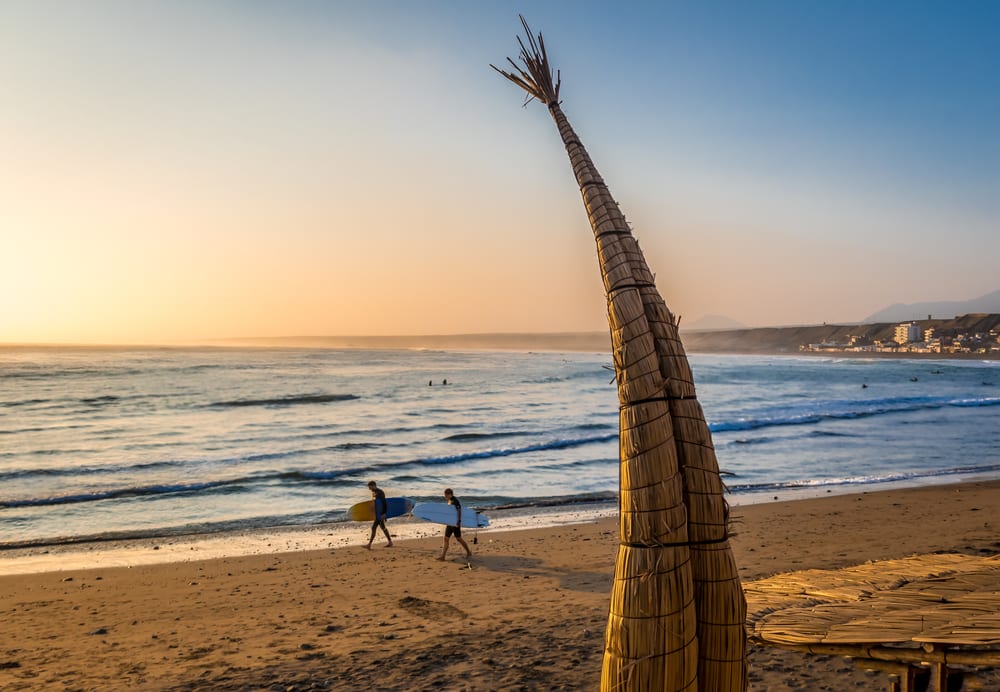
Surfing is widely associated with several coastal regions worldwide, including Hawaii, California, Australia, and many others, but it didn’t start there. Archaeological evidence suggests that the people of pre-Columbian Peru were surfing on reed watercraft as far back as 5,000 years ago.
Of course, this type of surfing was very different from the practice common today. The indigenous people of Peru spent most of their time using their watercraft for fishing. Still, it is believed that they also used them for recreation. In Peru, the Moche culture is known to have used the caballito de totora (little horse of totora) around 200 A.D. By the 16th-century, Inca surfing practices were described by Jesuit missionary José de Acosta, who wrote the following:
“It is true to see them go fishing in Callao de Lima, was for me a thing of great recreation, because there were many and each one in a balsilla caballero, or sitting stubbornly cutting the waves of the sea, which is rough where they fish, they looked like the Tritons, or Neptunes, who paint upon the water.”
Polynesian cultures are believed to have crafted the custom of standing atop a board or raft while catching waves, which they likely developed independently of Peru.[14]
3 Peru Has A National Drink (Of Sorts)
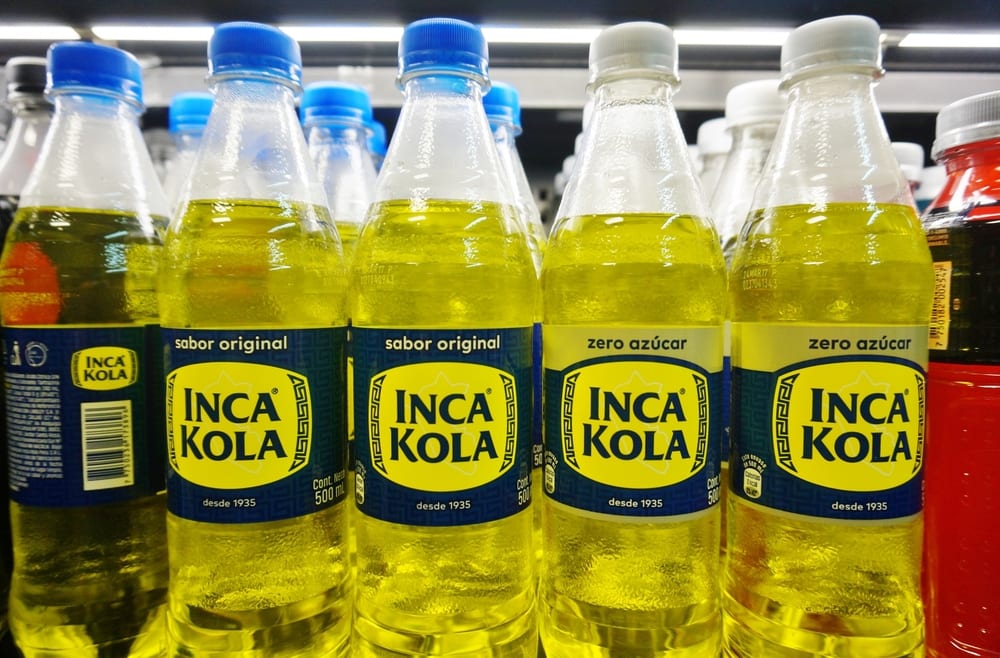
Head to any restaurant in Peru, and you’re bound to find a bottle of Inca Kola, also known as “The Golden Kola,” worldwide. The drink was first created in Peru back in 1935 by a British immigrant named Joseph Robinson Lindley. It has gone on to become one of the most popular beverages in the nation.
Inca Kola can be found in some other South American nations, but it’s primarily found in Peru, where it’s co-owned by The Coca-Cola Company and the Lindley Family. Interestingly, the Coca-Cola Company owns the Inca kola trademark in every country except Peru, though it has not been incredibly successful outside of the country.
Most foreigners have described the drink as something close to bubblegum or cream soda. It’s something of an “acquired taste,” as it is incredibly sweet. The intense yellow color doesn’t help in international sales due to the obvious comparison to… another liquid. Regardless, it’s one of those things everyone should at least try when visiting Peru.
Inca Kola is widely associated with Peruvian patriotism, as the drink has become something of a national symbol for the country. It is enjoyed throughout the year at any meal and at all types of events. It is best served cold, and if you’re interested in trying it without going to Peru, it can be found on Amazon and other online retailers.[15]
2 There’s A Reason Peruvian Ponchos Are So Highly Regarded (And Expensive)
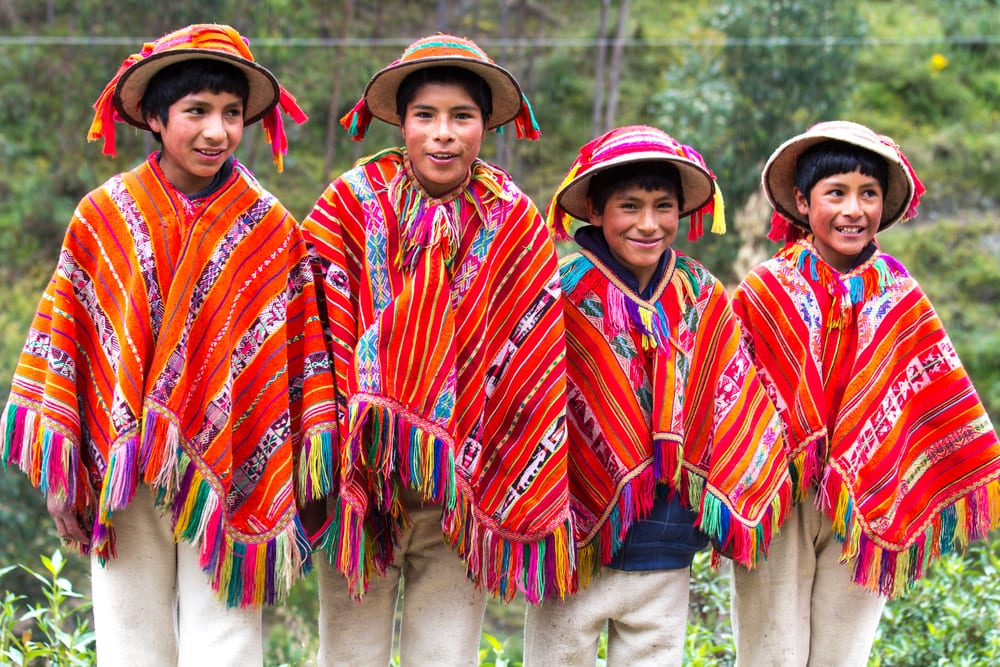
While you might find something called a Peruvian Poncho in a store, it’s not the real thing unless it is made by the Andean people of Peru. You’ll know it’s the real deal if it lasts a lifetime and cost you an arm and a leg,[16] which is warranted, given what goes into making them.
Peruvian ponchos are made from alpaca wool, and they take between 500 and 600 hours to make just one. The whole process can take as long as six months to spin, dye, and weave a single poncho. In Peru, a poncho is often given to someone when they become an adult, and it can (and will) last a lifetime if taken care of properly.
The Peruvian people have been weaving ponchos for thousands of years, making the practice one of the world’s oldest ongoing textile traditions. They were first found in Paracas, a pre-Inca culture in the region south of Lima. Ponchos were worn to indicate status during this time, as textiles denoted importance and wealth.[17]
Peruvian Ponchos are highly regarded worldwide, as they hold their color, are resistant to dust and are non-flammable. Alpaca wool comes in 22 colors, though ponchos are often dyed with bright colors, making them striking and beautiful garments.
1 Machu Picchu
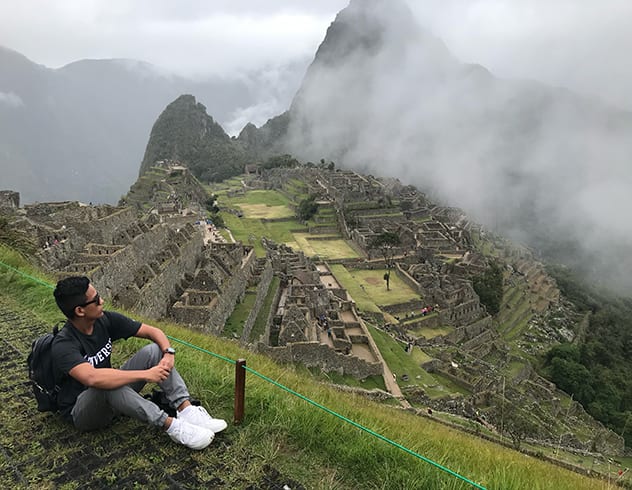
Peru is filled with fascinating pre-Columbian sites, but the one that draws the most attention worldwide is Machu Picchu. The 15th-century Inca citadel sits atop a 7,970 ft (2,430 meter) mountain ridge and boasts impressive ruins. The site wasn’t known to the world until it was brought to international attention in 1911 by American historian Hiram Bingham.
Machu Picchu is notable for its impressive architecture, which is in the classic Inca style, consisting of polished dry-stone walls. Machu Picchu features three primary structures, including the Intihuatana, the Temple of the Sun, and the Room of the Three Windows. It was designated a Peruvian Historic Sanctuary in 1981, and two years later, a UNESCO World Heritage Site.
Several of the outlying buildings have been restored to their original appearance to better display them as they originally appeared. Only about 30% of the site was restored by 1976, though restoration efforts continue.[18]
The site was likely constructed as an estate for the Inca Emperor Pachacuti around 1450 A.D. By the time of the Spanish conquest a century later, the site was abandoned. It remained known locally but unknown to the rest of the world for nearly 400 years and has since been declared one of the New Seven Wonders of the World. As many as 5,000 people visit the site every day.[19][20]
Top 10 Lesser-Known Ancient Finds From Peru








